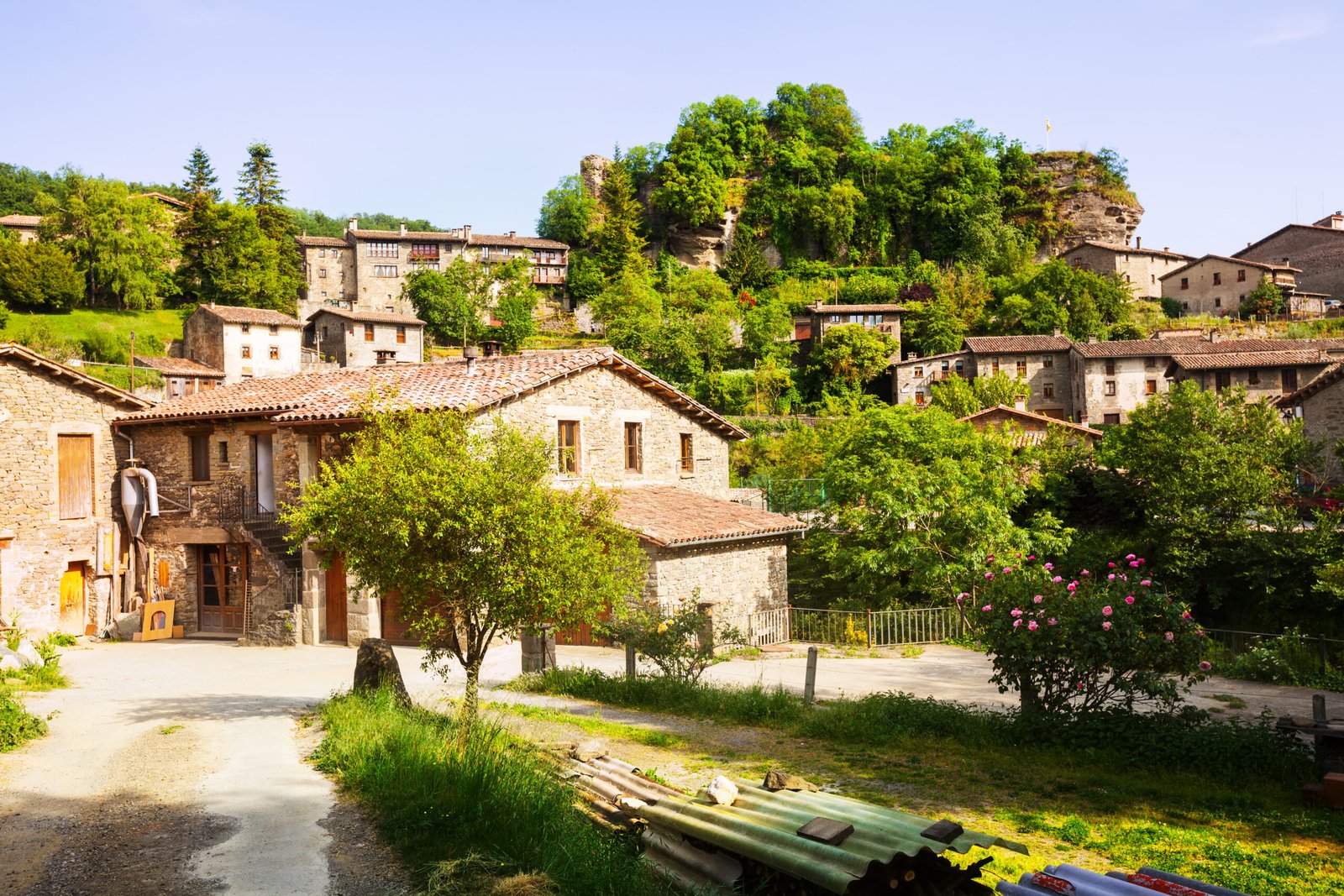Introduction
This disagreement is worth keeping an eye on if you live close to Montecito Country Club or are simply curious about how local communities and landowners resolve disputes over shared property usage. In addition to trees and bushes, the montecito country club landscaping easement dispute involves privacy, property rights, aesthetics, and even legal clarity. Developers, homeowners, club members, and legal teams are all entangled in a complex web. Additionally, if you own a home, this matter may establish a precedent that impacts your property as well. What is actually happening, then? Let’s get started.
Understanding Landscaping Easements
The right to use a section of another person’s land for particular landscaping uses is granted by a landscaping easement. This could entail keeping up a garden, planting trees, or guaranteeing picturesque views. However, these easements can easily spark disputes, particularly when differing views on what constitutes “appropriate landscaping” start to surface. You might want privacy hedges; your neighbor wants open space. Add in a country club and a homeowner’s association, and it gets complicated fast.
The Montecito Country Club Overview
montecito country club landscaping easement dispute, tucked away in the upscale Montecito neighborhood of Santa Barbara, is more than just a golf course. It is an establishment of culture. Surrounded by high-end residences that share an ecosystem of landscaping, views, and property borders, it is well-known for its exclusive membership and breathtaking views. The deeds of many of the houses close to the club include landscaping easements. That’s where the trouble starts.
Origin of the Dispute
It started with renovations. montecito country club landscaping easement dispute plans to revamp its grounds, improving the golf course and updating the landscaping for better drainage, aesthetics, and modern appeal. Sounds harmless, right? Not quite. Homeowners bordering the club started noticing changes—trees removed, new pathways built, and sightlines altered. What looked like “improvements” to the club felt like violations to the homeowners. Tensions grew.
The Developer’s Vision
montecito country club landscaping easement dispute had an idea for a contemporary, environmentally responsible, and exquisitely landscaped property. The idea included visual openness, improved irrigation, and native vegetation. But to do that, they needed to make changes on land that includes landscaping easements. They thought they had the right. Turns out, it wasn’t that simple.
Homeowners’ Concerns
Residents around the club raised concerns. They saw their privacy vanish as hedges were trimmed or removed. Some claimed the noise level increased. Others pointed out drainage changes that led to water pooling in their yards. There’s also an emotional element—people feel their peaceful corner of Montecito is under siege by commercial interests.
Legal Ramifications
This isn’t just a neighborly dispute—it’s a legal one. Lawyers were brought in. Property rights were questioned. Local zoning codes and easement agreements were pored over. Some agreements dated back decades and used vague language. That made it ripe for interpretation and, naturally, disagreement.
Easement Rights Explained
An easement allows use—but not ownership—of land. That distinction is critical. The club can landscape within the easement, but if that use goes beyond what’s legally allowed, they’re in breach. Homeowners argue that “landscaping” doesn’t include full redesigns or tree removals. The club argues otherwise.
Property Boundaries and Confusion
Surveying tools and GPS mapping have helped define boundaries better. But historical discrepancies, old fencing, and oral agreements muddy the waters. Homeowners claim the club has encroached. The club claims it’s staying within limits. And around and around it goes.
Impact on Residents
This conflict has real consequences. Some residents report property values dropping due to ongoing disputes. Others say they don’t feel comfortable in their own backyards. Noise, dust, and construction chaos have disrupted daily life. Even casual enjoyment of their gardens feels different.
Mediation and Resolution Attempts
There have been multiple community forums and mediated meetings. Some progress was made, but the core issues remain unresolved. A few homeowners proposed a compromise: limited landscaping with shared input. The club agreed in theory but hesitated to change the master plan. The stalemate continues.
Lawyers and Legal Advisors
Legal teams for both sides have been busy. Homeowners hire private land-use attorneys. The club leans on corporate legal teams familiar with development projects. This adds layers of complexity—and cost. Meanwhile, local officials are trying to stay neutral while enforcing zoning laws.
Environmental and Aesthetic Aspects
One major argument revolves around sustainability. The club’s use of native plants and reduced watering could benefit the environment. But some argue these changes reduce green coverage and harm bird habitats. What’s beautiful to one person may look barren to another.
Public Opinion
The community is split. Some support the club and believe it boosts property values. Others side with the homeowners, calling the club’s actions invasive. Letters to the editor, petitions, and online forums are buzzing with debate. It’s a hyper-local issue with broad implications.
What Homeowners Should Do
If you’re in a similar situation, read your deed and easement agreements. Attend local meetings. Get a survey done. And if needed, talk to a lawyer. Staying informed is your best defense. These disputes are complex, but being proactive gives you the upper hand.
Moving Forward
So where does this all go? The best-case scenario is compromise. That means open communication, realistic expectations, and respect for each side’s rights. Easements aren’t going away. Disputes like this one are likely to become more common as communities evolve and landscapes change.
Conclusion
The Montecito Country Club landscaping easement dispute is about more than shrubs and trees. It’s about land, law, and lifestyle. Homeowners want peace and privacy. The club wants progress and prestige. Somewhere in the middle is a solution. Hopefully, one that benefits everyone.
FAQs
- What is a landscaping easement?
It’s a legal right that allows someone to use part of your land for landscaping purposes, even though you still own it. - Can homeowners modify easement areas?
Usually not without permission. Check your deed and local zoning laws before making changes. - Who enforces easement rights?
Courts enforce them, but disputes are often settled through mediation or legal negotiations first. - Will this impact other clubs in California?
Possibly. Legal precedents set in one case can influence others, especially if they involve similar easement language. - How can I check for easements on my property?
Contact your county recorder’s office or hire a title company to do a detailed search.





